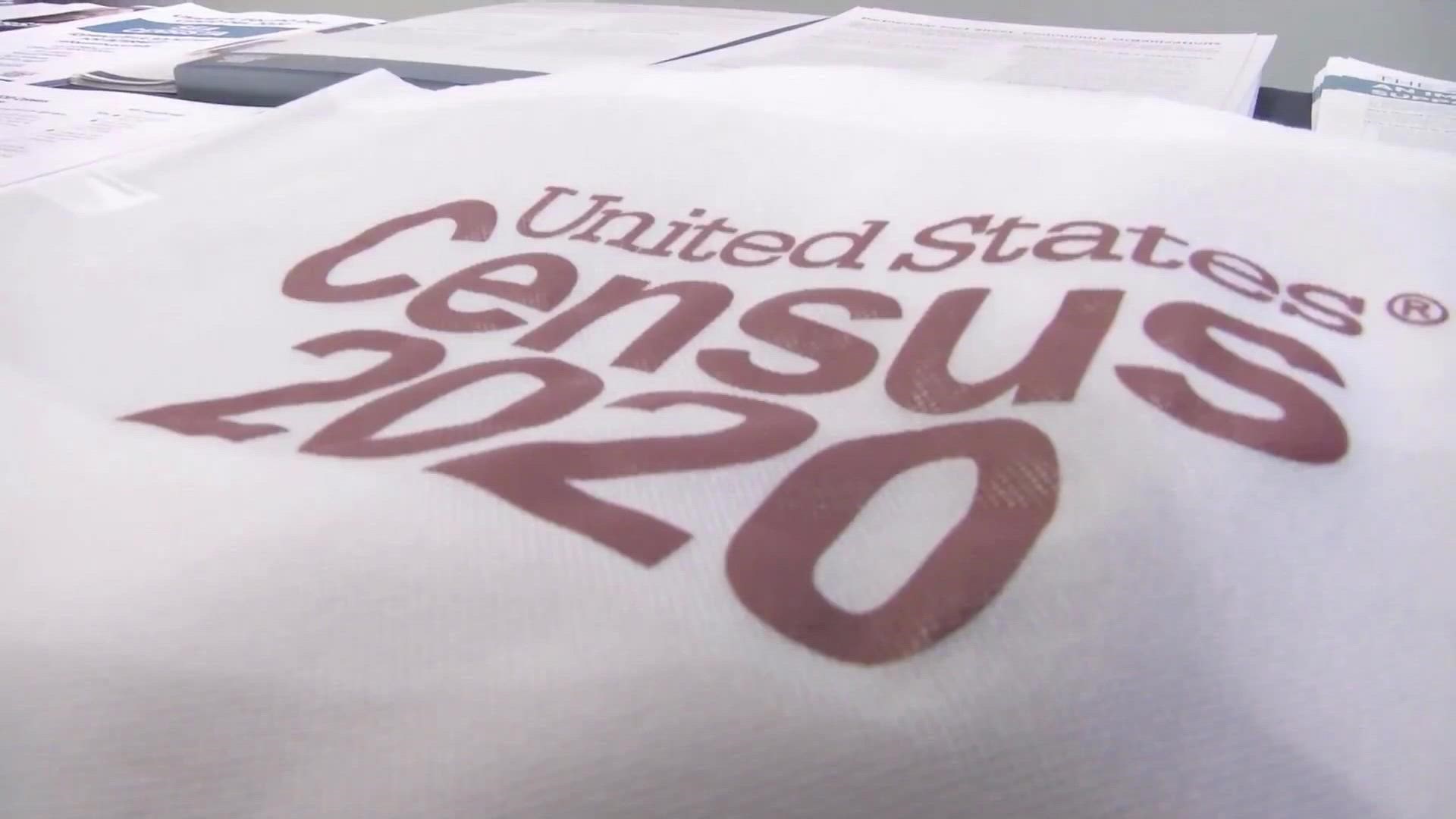On Aug. 12, the U.S. Census Bureau released redistricting data to the public from the 2020 Census. That data will not only be used by states to redraw Congressional and state legislative districts, but it also reveals how the nation’s demographics have changed in the past 10 years.
After the data was released, several news outlets published headlines claiming that America’s white population declined in a census for the first time ever.
THE QUESTION
Is the 2020 Census the first census in which America’s white population declined?
THE SOURCES
THE ANSWER
This year’s census is the first in which “white alone” responses declined. However, “white in combination” responses increased so much that the combined figures are higher in 2020 than they were in 2010. The Census Bureau believes improved questions and data recording play a major part in this, although demographic changes may also play a part.
WHAT WE FOUND
In an Aug. 12 press release on racial data collected by the 2020 Census, the Census Bureau directly compared data from 2020 to data from 2010.
It said the “white alone” population accounted for 204.3 million people, compared with 223.6 million people in 2010. That’s a decrease of 8.6%. A review of the decennial census data over the course of the nation’s history confirms this has never happened before in American history.
But there’s a bit more to how the Census Bureau collects data on race.
The Census Bureau says while the “white alone” population decreased, the “white in combination” population increased by 316% since 2010. A direct comparison of the 2010 data to the 2020 data shows the “white alone or in combination” population increased from 231 million to 235 million.
The Census Bureau explains that these changes are likely caused by improvements in census questions to more accurately capture how people self-identify, while likely only partly caused by actual changes in the makeup of the U.S. population.
“We are confident that differences in the overall racial distributions are largely due to improvements in the design of the two separate questions for race and ethnicity data collection and processing as well as some demographic changes over the past 10 years,” the Census Bureau said in an email. “It is important to note that these data comparisons between the 2020 Census and 2010 Census race data should be made with caution, taking into account the improvements we have made to the Hispanic origin and race questions and the ways we code what people tell us.”
Basically, the Census Bureau’s changes to census forms made it so a number of people who used to be considered a single race in the census data are now considered multiracial.
The effects of this can be seen in other changes to racial populations over the past 10 years.
The 2020 Census recorded a 276% increase in the multiracial population compared to the 2010 Census. Among respondents with Hispanic or Latino origin, there was a 567% increase in multiracial respondents and a 52% decrease in “white only” respondents.
The Office of Management and Budget in 1997 set the way Hispanic or Latino populations are recorded by the Census Bureau, classifying the population as an ethnicity which can be any race instead of a race itself. In 2010, the plurality of the Hispanic or Latino population said their race was “white only” but in 2020 the plurality of the population said they were “some other race.”
Even though the Census Bureau credits much of the change to their improvements in the census question form, it still leaves room for some demographic change to come into play. While the total white population has never declined in a decennial census, it has been declining in its share of the population for decades, a Texas A&M culture article shows. Data from the article also shows that in 2016, the non-Hispanic white population had more deaths than births for the first time.
"There are virtually no whites joining our country via immigration, say from Australia or Canada or from Europe,” said Dr. Dudley Poston, a Texas A&M demography professor who co-wrote the article. “Very, very few. So once you’re below replacement quality, there’s no increase via immigration.”
Whether that was enough to cause a population decline for the decade as a whole isn’t clear, without additional data from the Census Bureau on the number of respondents who were classified differently this year.












